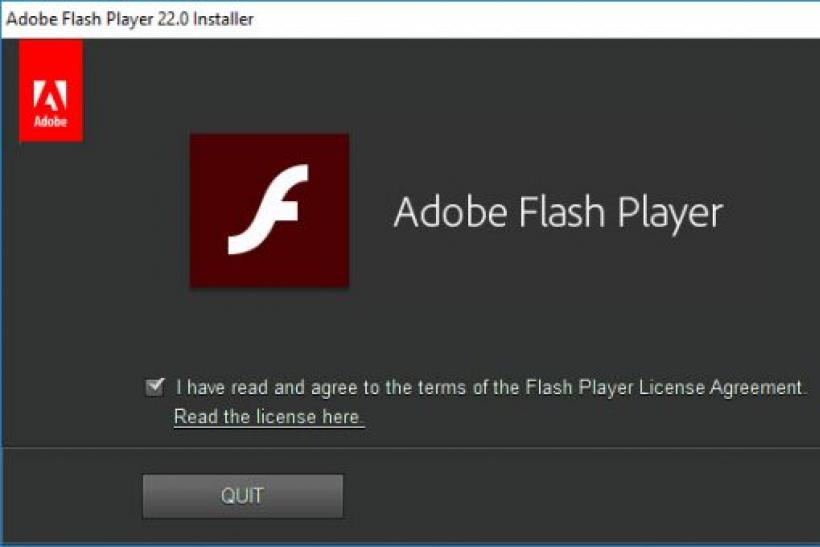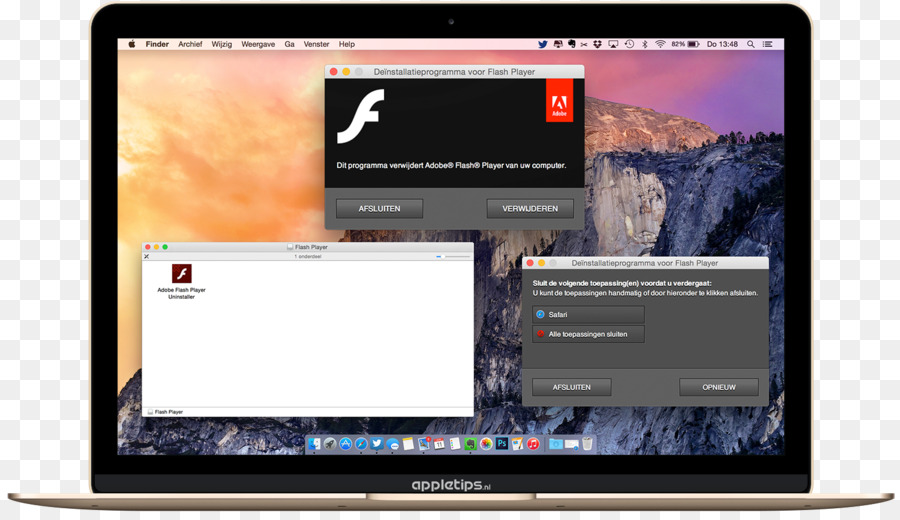

These browsers are faster and don’t rely on a constant Internet connection. While Google Chrome and other browsers are not natively supported by flash content, the Puffin Browser and the Photon browser do. Let’s take a look at these options.Īlthough Android has stopped supporting Adobe Flash Player since version 11.1, you can use third-party browsers to view and enjoy your favorite content. They can enable Flash in their Android browser by visiting the Google Play Store and installing an appropriate plug-in. So, how can you make sure that your Android device is running the latest version of Flash? Fortunately, Google Chrome users have options. Many Android users wonder, “Is Adobe Flash Player on Google Chrome?” After all, this multimedia player is supported by many websites, including YouTube and the BBC. And if you’re a fan of free applications, you can always download Ruffle, Gnash, or XMTV Player. You can also use Lightspark, an open source browser. So what should you do? Here are a few alternatives. Google Chrome will eventually replace the default browser, but you can’t be sure it will support Flash. Android had to phase out the resource-intensive multimedia viewer at some point, so this news is disappointing. READ ALSO: Cosa Significa Formattare La Scheda SD Su Android?Īdobe recently announced that it will no longer actively support Flash Player for mobile. Adobe does not plan to add Flash support to Chrome for Android, but it will remain available in the current default Android browser. However, Adobe has confirmed that Chrome for Android does not support Flash. This app supports modern Web standards, and offers compelling features not available in the default Android browser. The question that keeps cropping up for many Android users is: Does Chrome For Android have Flash? There’s no official answer to this question, but Google has just released a beta version of their latest browser. On the Android version, tap “Enable plug-ins.” Does Chrome For Android Have Flash? To install it, go to Menu > Settings > Advanced> Enable plug-ins. Once you’ve done this, you’re ready to install the Adobe Flash Player. You’ll want to set it to “always on” or “on-demand,” and you’re done! To do this, open up the settings menu on the Chrome app, click on the three dots in the address bar, and tap “Unknown Sources.” On the Advanced tab, you’ll find the Flash Player option.

The trick is to enable Adobe Flash Player in the Android browser first. If you’ve used an Android phone, you’re probably wondering: How to enable Adobe Flash Player on Android Chrome? The good news is that you can! While Google Chrome has essentially dropped support for Adobe Flash Player, you can still use this technology to access websites and video content. How Do I Enable Adobe Flash Player on My Android?



 0 kommentar(er)
0 kommentar(er)
